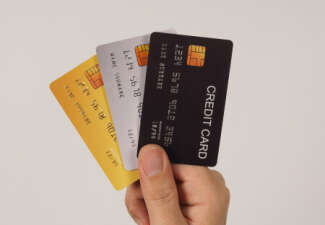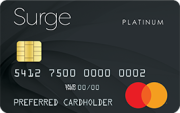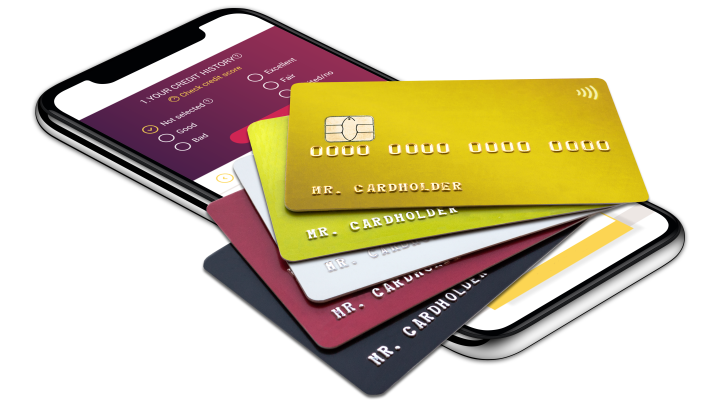The content on this page is accurate as of the posting date; however, some of the offers mentioned may have expired.

Biometrics are cutting edge when it comes to upping security, something that MasterCard is well aware of having unveiled their own next generation biometric card, using a combination of chip and fingerprint technology to authorize purchases in real time. This card is designed to be used in brick-and-mortar stores just like a standard credit card, yet the biometric factor streamlines convenience and security.
MasterCard's biometric card uses technology many consumers may already be familiar with because its design includes the same fingerprint - based tech they currently use to make mobile payments when shopping at stores in the U.S. and around the world. "Consumers are increasingly experiencing the convenience and security of biometrics," said Ajay Bhalla, president, enterprise risk and security, MasterCard.
"Whether unlocking a smartphone or shopping online, the fingerprint is helping to deliver additional convenience and security. It’s not something that can be taken or replicated and will help our cardholders get on with their lives knowing their payments are protected," he said.
This new evolution in fingerprint technology was tested in South Africa, via two studies conducted with the help of Absa Bank, a subsidiary of Barclays Africa, and Pick n Pay, a supermarket retailer. MasterCard will be conducting additional tests over the coming months in Europe and Asia, with a rollout expected later in the year.
The details
How does it work? To get started, people enroll their card with their financial institution through a simple registration process. Once this is done, their fingerprint is then changed into an encrypted digital template, which is housed inside the chip in their card. At that point, the card is ready to be used at all EMV terminals around the world.
When it's time to pay, the biometric card works like other chip - enabled payment cards, but there is one difference. When the cardholder dips their card into the EMV terminal they put their finger on the sensor embedded in the card. At that point, the system authenticates their fingerprint against the template. When the fingerprint and template are matched the payment goes through.






